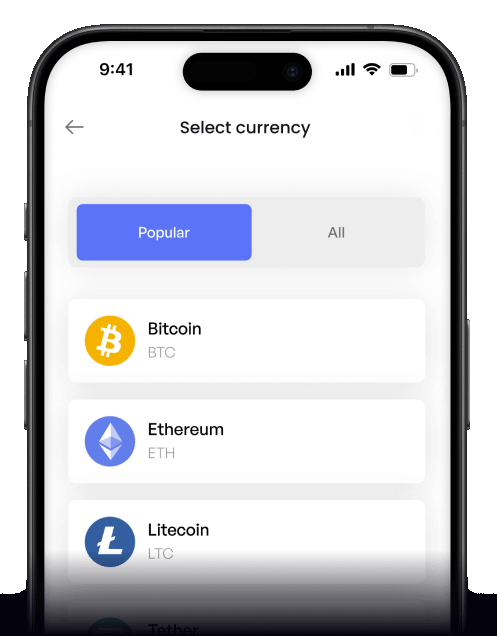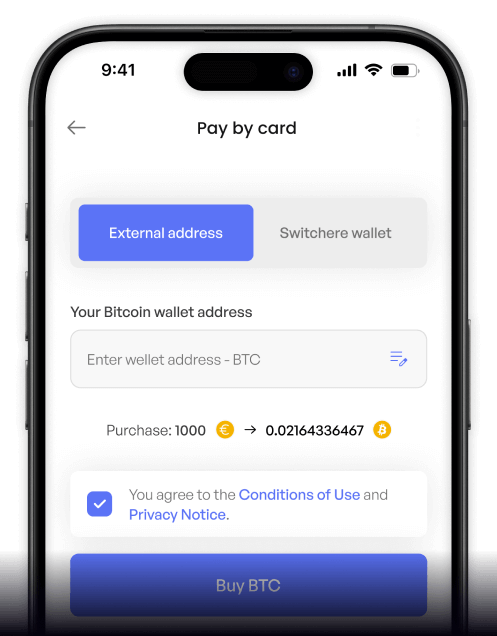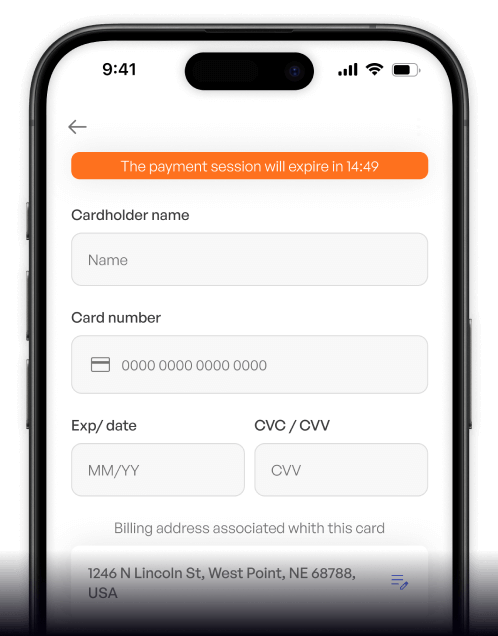Конвертуйте
Thai Baht (THB) на Balancer (BAL) миттєво
Купуйте Balancer (BAL) за допомогою Thai Baht (THB) легко на Switchere і отримуйте вигоду від швидких і безпечних транзакцій.
Близько
Balancer (BAL)
Balancer (BAL) є ключовим елементом інфраструктури децентралізованих фінансів (DeFi), що функціонує як надзвичайно гнучкий автоматизований маркет-мейкер (AMM) та протокол ліквідності. На відміну від традиційних AMM, які часто вимагають пар активів 50/50, ключовою інновацією Balancer є використання настроюваних багатотокенних пулів ліквідності, також відомих як смарт-пули. Це дозволяє будь-кому створювати самозбалансовані портфелі або децентралізовані індексні фонди, де активи утримуються у певних зважених пропорціях. Цей дизайн не тільки забезпечує глибоку, програмовану ліквідність для трейдерів, але й створює можливості для арбітражу, які повертають пули до їхнього запланованого співвідношення, ефективно автоматизуючи управління портфелем для постачальників ліквідності в його децентралізованій мережі.
Еволюція протоколу до Balancer V2 представила революційну архітектуру єдиного Сховища (Vault). Цей дизайн відокремлює логіку AMM від управління токенами та обліку, що значно підвищує ефективність використання газу та капіталу. Всі угоди в екосистемі Balancer направляються через це єдине Сховище, що дозволяє виконувати складні багатоетапні угоди зі значно нижчими транзакційними витратами. Нативний цифровий актив протоколу, BAL, служить критично важливим токеном управління. Власники утилітарного токена BAL можуть брати участь в ончейн-управлінні, голосуючи за оновлення протоколу, зміни комісій та направляючи розподіл винагород за майнінг ліквідності, тим самим формуючи майбутнє цієї важливої інфраструктури Web3.
Як купити Balancer (BAL)?
Популярні монети за Thai Baht (THB)
Інші монети за Thai Baht (THB)
Поширені запитання
-
Що таке пара THB/BAL і як вона полегшує вхід у DeFi?
Пара THB/BAL представляє прямі торгові відносини між тайським батом (THB) і токеном Balancer (BAL). Вона функціонує як фіатний шлюз, що дозволяє користувачам купувати BAL, токен управління ERC-20 для протоколу Balancer, безпосередньо за свою місцеву валюту. Ця покупка є першим кроком до участі в екосистемі автоматизованого маркет-мейкера (AMM) Balancer, де користувачі можуть надавати ліквідність різним пулам або голосувати за управління протоколом. -
Які поширені способи оплати для купівлі Balancer (BAL) за тайський бат на біржах?
На регульованих тайських криптовалютних біржах найпоширеніші способи оплати для придбання цифрових активів, таких як BAL, включають тайський QR-платіж, мобільні банківські додатки та прямі місцеві банківські перекази. Цим методам надають перевагу через їхню швидкість та інтеграцію з тайською банківською системою. Користувачі зазвичай повинні пройти перевірки на відповідність KYC/AML (Знай свого клієнта/Протидія відмиванню грошей) перед використанням цих послуг фіатного шлюзу. -
Яку користь приносить технологія розумного маршрутизатора ордерів Balancer власнику токена BAL?
Хоча володіння BAL надає права на управління, основна технологія протокоlu Balancer, така як його розумний маршрутизатор ордерів (SOR), створює цінність для всієї екосистеми. SOR автоматично знаходить найефективніший торговий шлях через кілька пулів ліквідності, мінімізуючи прослизання та забезпечуючи найкращу можливу ціну для обмінів. Це підвищує загальну ліквідність та обсяг торгів протоколу, що може опосередковано зміцнити ціннісну пропозицію володіння токеном управління BAL. -
Після купівлі BAL за THB, яка роль токена BAL у Balancer DAO?
Після придбання токен BAL служить основним токеном управління для децентралізованої автономної організації (DAO) Balancer. Власники можуть брати участь у голосуванні за ключові параметри протоколу, такі як зміни торгових комісій, пропозиції для фонду екосистеми та спрямування стимулів для майнінгу ліквідності. Це дає спільноті, включаючи тих, хто прийшов через фіатний шлюз THB, прямий вплив на майбутній розвиток протоколу. -
Які найкращі практики безпеки для зберігання токенів BAL після покупки за THB?
Після конвертації THB в BAL, безпечне зберігання є критично важливим. Оскільки BAL є токеном ERC-20 на блокчейні Ethereum, рекомендується перевести його з біржі на некастодіальний цифровий гаманець, де ви контролюєте приватні ключі. Для максимальної безпеки використовуйте апаратний гаманець (наприклад, Ledger, Trezor). Завжди вмикайте двофакторну автентифікацію (2FA) на своєму біржовому акаунті та будьте пильні щодо фішингових шахрайств, щоб захистити свої цифрові активи.






